ExxonMobil predicts peak in light-duty vehicle liquid fuels ~2030, but ongoing role for oil in the mix
Green Car Congress
FEBRUARY 5, 2018
At the same time, total miles traveled per year by cars, sport utility vehicles (SUVs) and light trucks will increase about 60%, reaching about 14 trillion in 2040. As personal mobility increases, average new-car fuel economy (including SUVs and light trucks) will improve as well, rising from about 30 miles per gallon (7.83












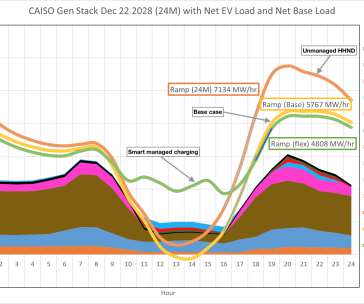

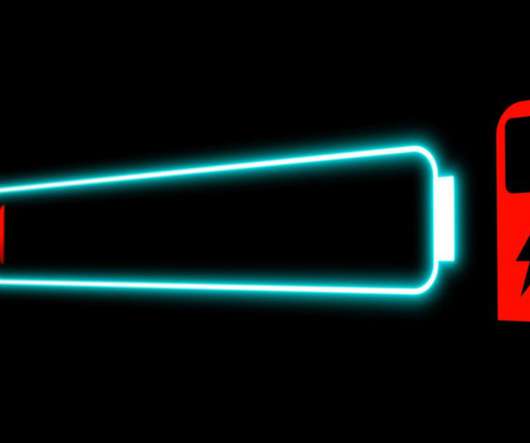



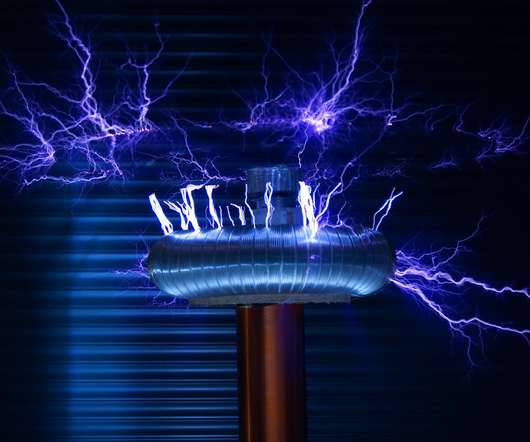






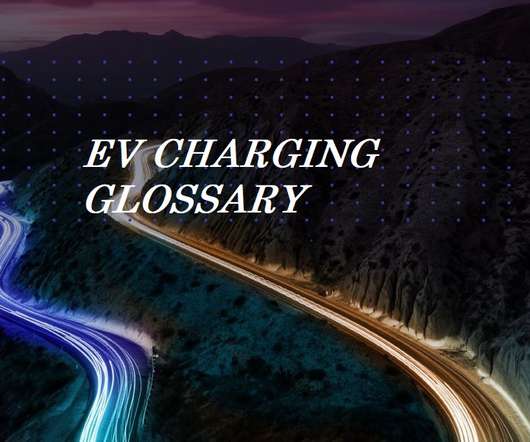




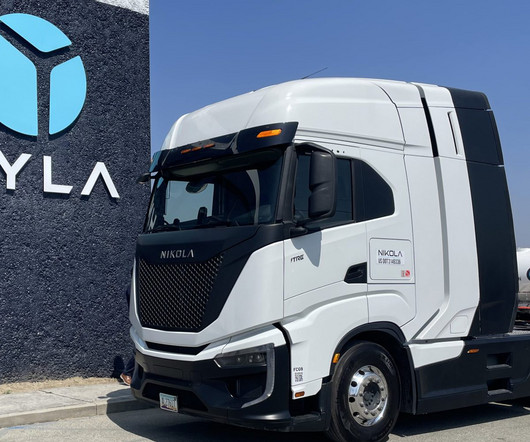








Let's personalize your content